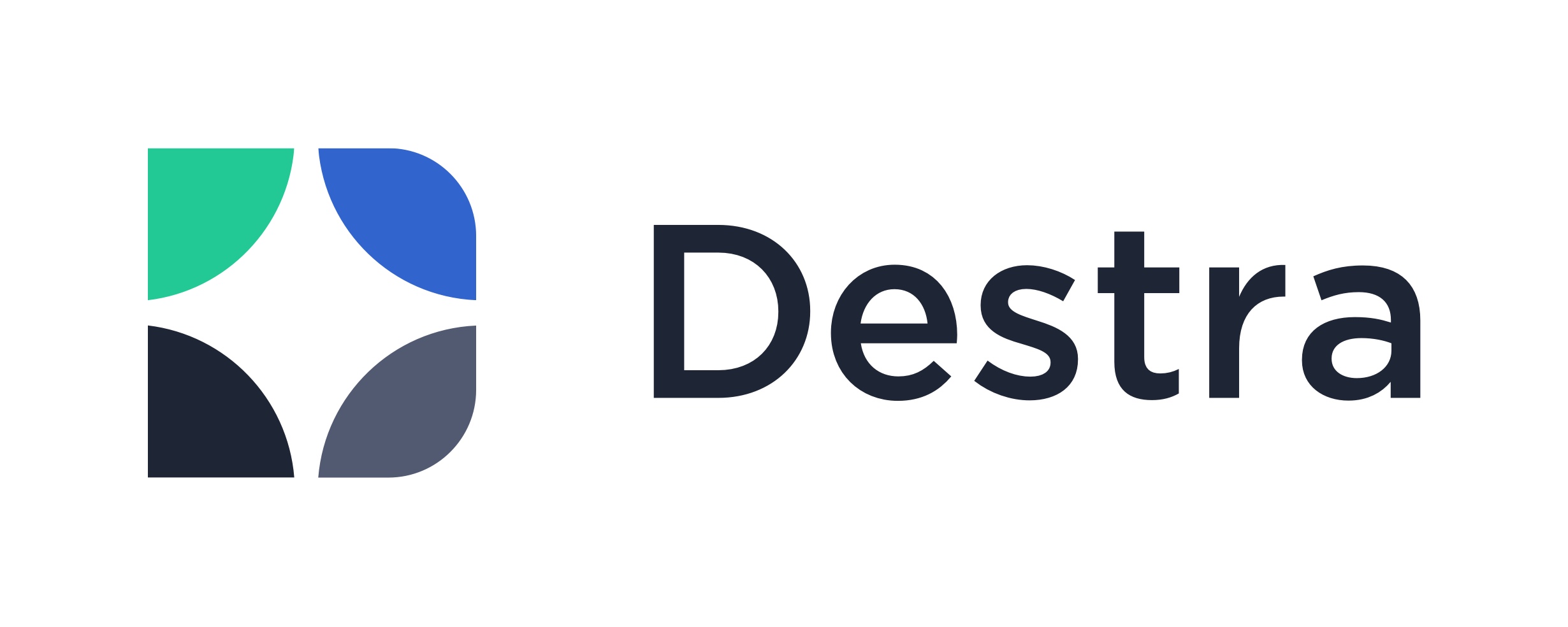Community Bank Update
Written by Angel Oak Capital Advisors
We’re living in strange times. The entire country has been shut down for weeks, small businesses are suffering, and unemployment has skyrocketed. Despite all the negative news, we are more bullish on community banks than we’ve been in years.
How is that possible?
There is no doubt that delinquencies at banks will rise. Most sectors of the economy are already struggling, and the longer the shutdown drags on, the more vulnerable businesses will become. We already have energy, hospitality, and consumer lending on heightened watch. Interest rates are at historic lows. Low absolute rates and flat yield curves tend to be considered as negatives by community banks. Most community banks are what we call “asset sensitive,” which means their assets are repriced faster than their liabilities. As a result, when rates decline, banks will generally see their margins compress. We have seen that trend over the past few quarters and we fully expect it to continue.
Then why are we so bullish on banks?
After the last financial crisis, significant changes were implemented to strengthen the banking system and the regulatory environment, in large part through the Dodd-Frank Wall Street Reform and Consumer Protection Act of 2010 (Dodd-Frank). In general, Dodd-Frank provides for increased capital levels and better-quality capital, improved levels of liquidity, and tighter credit standards. In other words, Dodd-Frank was enacted to enable banks to weather crises such as this.
Let us explain: The banks are the backbone of the financial system. The government is flooding that system with an unprecedented amount of stimulus. The banks will be the facilitators that distribute and coordinate this stimulus effort. There will be — there have already begun to be — massive inflows of deposits; a huge increase in government-guaranteed loans through the Small Business Administration (SBA); and, above all, fee income. We have seen this during crises before — floods in Texas, fires in California, hurricanes in Louisiana. Businesses struggle, but at the end of the day, banks tend to come through the storm even stronger than before. This time around it is different; we have never seen an event of this magnitude, but we have also never seen anything close to the stimulus that has been initiated to date — with much more to come.
There are also multiple programs that directly support small businesses that are the intended borrowers of community banks. The Coronavirus Aid, Relief, and Economic Security Act (CARES Act) is probably the largest such program. A core component of the CARES Act is the provision of approximately $350 billion to guarantee loans to small businesses. This Paycheck Protection Program is essentially an expanded SBA. Other benefits include use of current losses to recapture taxes paid over the past five years, the ability to immediately write off improvement of facilities rather than amortize the cost, and the ability to defer payment of Social Security taxes.
The biggest risk to a positive outcome for banks would be an enduring pandemic. If we are still hunkered down come late summer, all this stimulus may prove to be more of a short-term fix after all. But if we can begin turning things around in the coming weeks, our prediction is that banks will not only get through the crisis but also will become even stronger than they are today.
Destra Capital Investments is providing this update with permission from Angel Oak Capital Advisors. No offer or solicitation to buy or sell securities is being made by Destra Capital Advisors.
